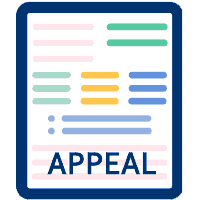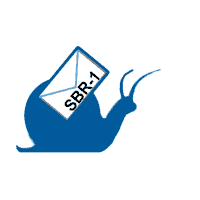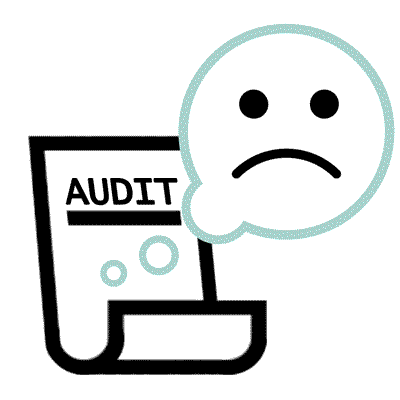Dept of Labor Billing Utopia: e-Bills Processed in ONE Day

The new U.S. Department of Labor (DOL) electronic billing system is workers’ comp e-billing utopia.
Earlier this year, the DOL replaced its designated clearinghouse with its own proprietary electronic billing system that allows providers to directly transmit workers’ comp bills electronically to the DOL (no clearinghouse required). This week, DaisyBill completed the required testing with the DOL and DaisyBill started transmitting providers’ e-bills directly to DOL.
The new DOL electronic billing system is processing workers’ comp bills in a single day!!!!
In 2012, when California regulators enacted rules mandating electronic billing for workers’ compensation, perhaps, like DaisyBill, these regulators envisioned a workers’ comp e-billing utopia.
In this e-billing utopia, electronic billing replaces the inefficient and paper-intensive mailing of workers’ comp bills. In this bright billing paradise, electronic billing eliminates bills that are “lost in the mail” because payers send providers an electronic verification that the payer received the provider’s e-bills. Finally, in e-billing nirvana, payers are held accountable for timely payments, because payers are required to electronically send explanations of review (EORs) and reimbursements.
Below we show how the DOL works with DaisyBill to achieve a workers’ comp electronic billing utopia. For those not familiar, part of the DOL’s function is to act as the federal equivalent, for federal workers, of each state’s workers’ comp system.
DOL Received & Processed e-Bill on the Same Day
Below is an example of an electronic bill DaisyBill sent to the DOL on October 2nd. The DOL processed this electronic bill and issued an electronic EOR on the same day, October 2nd.
- 10/1/2020 - Provider treats injured or sick federal work
- 10/2/2020 - Provider sends DOL bill for treatment
- DOL processes provider bill
- DOL send provider electronic EOR recommending $181.68 payment
Workers’ Comp e-Billing: THREE Easy Steps (We Promise)
The way that the DOL electronically manages its workers’ comp bills is precisely as envisioned by California regulators. E-billing requires only three easy steps:
- DaisyBill electronically transmits a provider’s bills to the DOL along with the required medical records.
- DOL electronically sends DaisyBill a response verifying receipt of the electronic bill.
- DOL electronically sends the provider an Explanation of Review (EOR) with the recommended reimbursement for the billed services.
Step 1: DaisyBill Sends Provider’s e-Bill to DOL
Just as in California workers’ comp e-billing, DaisyBill electronically transmits a provider’s DOL bills in a standardized format known as an ASC X12N 837P file. DaisyBill also electronically transmits the medical records with the e-bill.
Step 2: DOL Sends DaisyBill Electronic Proof That DOL Received e-Bill
Once DaisyBill transmits the electronic bill, the DOL sends DaisyBill an acknowledgement verifying that the DOL received and will be processing the provider’s e-bill. This DOL receipt is how electronic billing eliminates those infuriating bills that are “lost in the mail.”
The DOL sends DaisyBill a standardized format known as an ASC X12N 277 Healthcare Claims Status Request Response. The DOL acknowledgment is electronic verification that the DOL both received the e-bill and is processing the e-bill.
Step 3: DOL Sends DaisyBill an Electronic EOR
Just like California workers’ comp e-billing requirements, the DOL electronically sends DaisyBill an Explanation of Review (EOR) with the recommended reimbursement for the billed services. This electronic EOR is sent to DaisyBill in a standardized format known as an ASC X12N 835 Claim Payment Advice File.
DaisyBill Receives and Posts Electronic EOR Sent to Provider
Unlike paper EORs which require provider resources to manually post the payment details, DaisyBill receives electronic EORs from the DOL and DaisyBill automatically posts these electronic EORs directly to the provider’s DOL bill.
Electronic EORs free provider’s staff from the drudgery of data entry.
Hurray for Our Department of Labor!
This is how your tax dollars should work. Efficiently, compliantly, and for the good of all parties, whether employer, injured worker, or provider. We applaud the DOL for its implementation of e-billing, which should serve as a model for all in the workers’ comp community.
Join the e-billing paradise and sign up for DaisyBill :)
Show me how
DaisyBill provides content as an insightful service to its readers and clients. It does not offer legal advice and cannot guarantee the accuracy or suitability of its content for a particular purpose.




.png)
.gif)